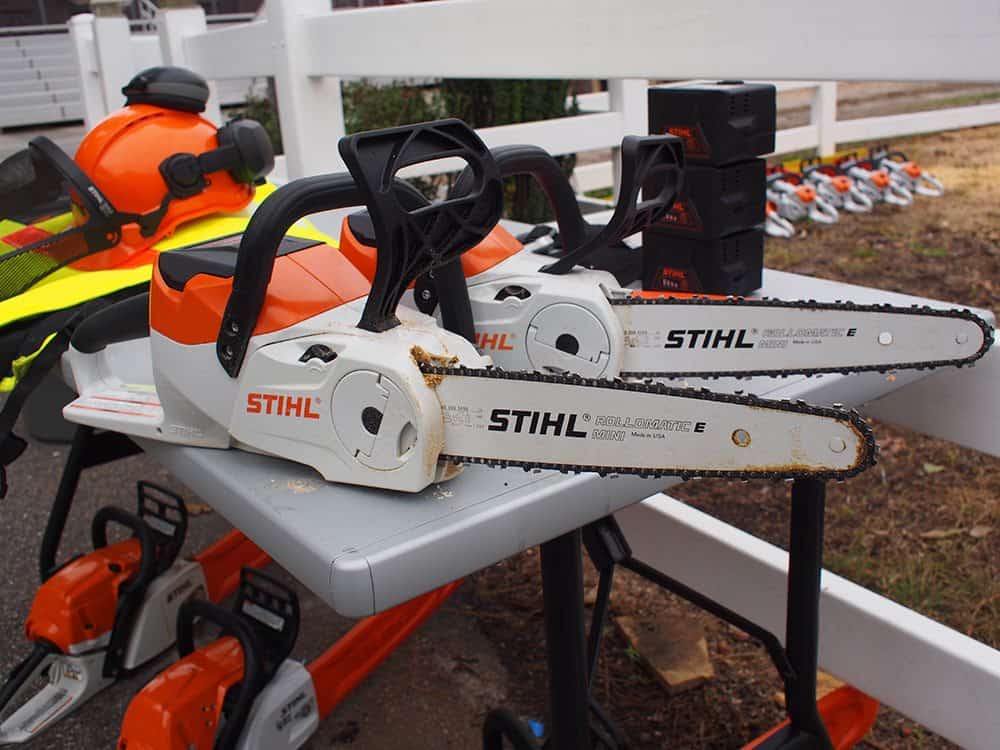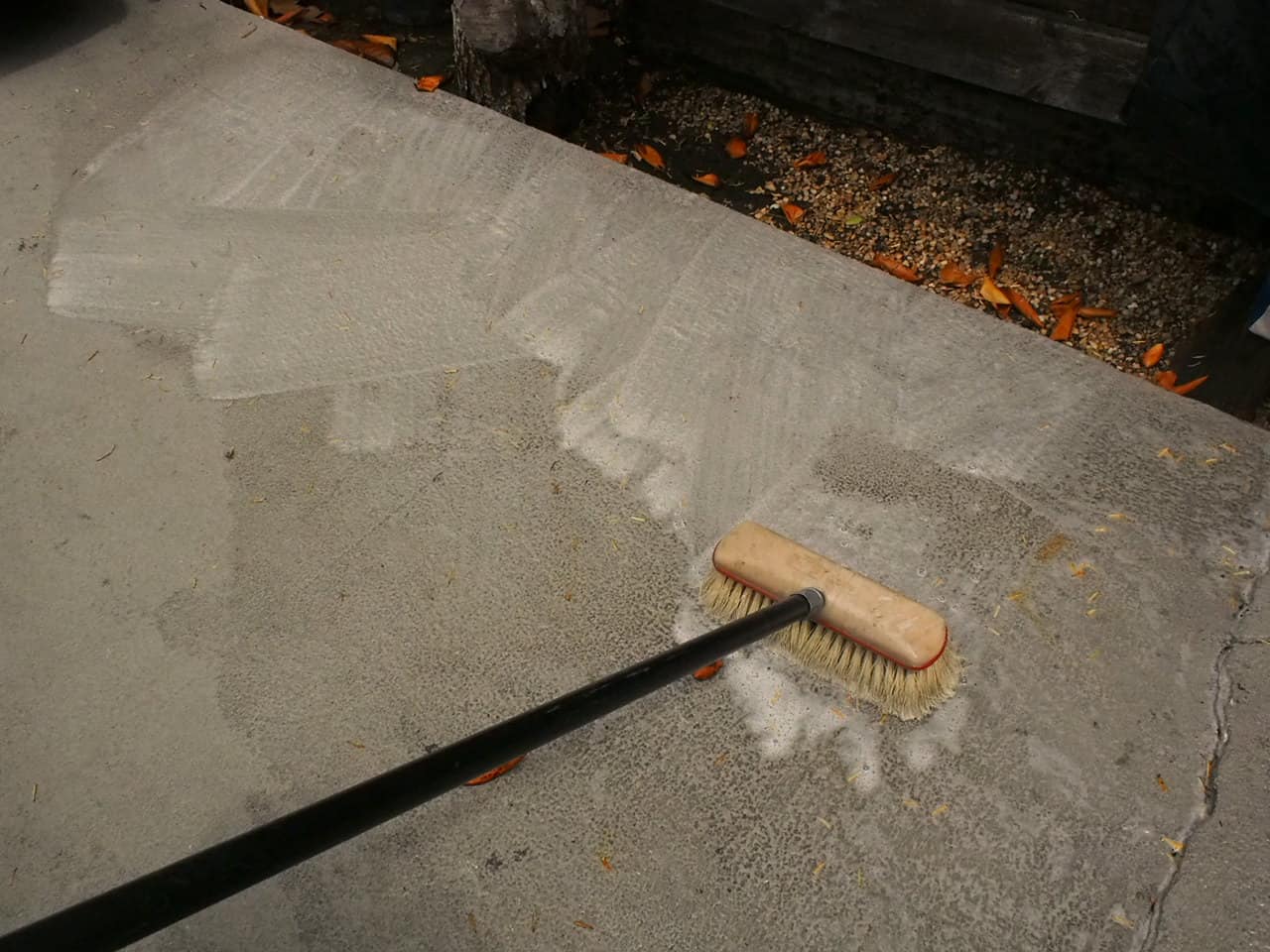
Building a backyard fire pit can be a rewarding project that enhances your outdoor space and provides a cozy gathering spot for friends and family. Whether you’re a seasoned DIY enthusiast or a novice, this step-by-step guide will help you understand the basics of building a fire pit and provide you with the necessary knowledge to create your own backyard oasis.
We knew it was time to update our last backyard fire pit guide, so enjoy this new one.
Understanding the Basics of a Backyard Fire Pit
The Purpose and Benefits of a Fire Pit
Before diving into the construction process, it’s essential to understand why you want a fire pit and the benefits it can offer. A fire pit can serve as the focal point of your outdoor area, creating a warm and inviting atmosphere. It allows you to extend your time outdoors during cooler evenings and provides an ideal spot for roasting marshmallows or enjoying a glass of wine.
Furthermore, a well-designed fire pit can add value to your property and enhance the overall aesthetics of your outdoor space. It can become a gathering place for friends and family, fostering memorable conversations and bonding experiences. The crackling sound of the fire and the mesmerizing dance of the flames can create a sense of relaxation and tranquility, making your backyard a cozy retreat.
Safety Considerations for Your Fire Pit
Safety should be your top priority when building a fire pit. Be mindful of local regulations and check if there are any restrictions or permits required for open fires in your area. Additionally, keep a safe distance between your fire pit and any structures or trees. Clear away any combustible materials and ensure you have a fire extinguisher or a bucket of water nearby as a precaution.
Moreover, it’s crucial to consider the wind direction when positioning your fire pit to prevent smoke from blowing towards your house or gathering areas. Choose a location with good ventilation to minimize the impact of smoke on your guests. Proper ventilation not only improves air quality but also ensures a more enjoyable experience around the fire pit, allowing everyone to fully appreciate the warmth and ambiance it provides.
Choosing the Right Location for Your Fire Pit
Evaluating Your Backyard Space
When selecting the location for your fire pit, consider the overall layout and size of your backyard. Take into account the proximity to seating areas and the flow of foot traffic. You want to ensure that your fire pit is easily accessible and doesn’t obstruct any pathways or block the view of other landscape features.
Moreover, think about the prevailing wind direction in your area. Placing your fire pit downwind from seating areas can help prevent smoke from blowing towards your guests. Additionally, consider the ground surface where you plan to install the fire pit. Opt for a level area to ensure stability and safety during use.
Considering Proximity to Home and Trees
Take into consideration the distance between your fire pit and your home. Avoid placing it too close to the house or any wooden structures that could pose a fire hazard. Additionally, be cautious of nearby trees, as their branches may catch fire or drop embers onto the fire pit. Keep a safe distance to minimize any potential risks.
Furthermore, think about the view from your home when the fire pit is in use. Positioning it in a spot where you can enjoy the flickering flames from inside can enhance the ambiance of your living space. If you have a pergola or overhead structure nearby, ensure that it is a safe distance away to prevent any fire hazards from sparks or heat.
Gathering Your Fire Pit Materials
Essential Tools for Building a Fire Pit
Before you begin construction, gather the necessary tools. These may include a shovel, tape measure, level, rubber mallet, and a wheelbarrow for transporting materials. Having the right tools on hand will make the process more efficient and ensure a sturdy and well-built fire pit.
Additionally, having a pair of work gloves and safety goggles is highly recommended to protect your hands and eyes during the construction process. A sturdy pair of gloves will shield your hands from rough materials and sharp edges, while safety goggles will prevent any debris from getting into your eyes.
Selecting the Right Stones or Bricks
Choosing suitable materials is crucial for the durability and aesthetic appeal of your fire pit. Opt for heat-resistant bricks or stones that can withstand high temperatures. They should be sturdy and capable of retaining the heat generated by the fire. Consider materials that blend well with your outdoor space and complement its overall design.
When selecting stones or bricks for your fire pit, consider their size and shape. Larger stones can provide a more rustic and substantial look, while smaller bricks may offer a more intricate and detailed appearance. The color of the materials is also important – earthy tones like browns, grays, and reds can create a warm and inviting atmosphere around your fire pit.
Designing Your Fire Pit
Determining the Size and Shape
The size and shape of your fire pit will depend on your personal preferences and the available space. Consider the number of people you plan to accommodate and the purpose of your fire pit. Round fire pits are popular and allow for a more intimate gathering, while rectangular fire pits provide a larger seating area. Take measurements and mark the desired size and shape on the ground.
When deciding on the size of your fire pit, it’s important to also think about the distance from surrounding structures and vegetation. Ensure there is enough clearance from overhanging trees, buildings, and other flammable materials to prevent any safety hazards. This will not only keep your gatherings safe but also help you comply with local fire regulations.
Planning for Drainage and Ventilation
Adequate drainage and ventilation are essential for preventing water accumulation and ensuring proper airflow in your fire pit. Create a slight slope in the ground towards the edges of the fire pit to allow for water runoff. Additionally, consider adding small gaps between the stones or bricks to allow air to circulate, promoting efficient combustion.
Another factor to consider is the type of fuel you plan to use in your fire pit. Different fuels produce varying amounts of smoke and heat, which can affect the ventilation needs of your fire pit. For example, wood-burning fire pits may require more ventilation to maintain a clean burn, while gas fire pits need proper airflow to disperse heat evenly.
Constructing Your Fire Pit
Preparing the Ground
Start by clearing the area where you will be constructing your fire pit. Remove any grass, weeds, or debris, ensuring a level surface. Dig a shallow pit in the shape and size determined during the design phase. This will provide stability and prevent shifting of the stones or bricks once the fire pit is complete.
Laying the First Layer of Stones or Bricks
Begin the construction process by placing the first layer of stones or bricks along the outline of your fire pit. Use a level to ensure they are evenly positioned and adjust as needed. Tap each stone or brick into place using a rubber mallet, ensuring a secure and stable foundation.
Adding Additional Layers and Securing the Structure
Continue adding additional layers of stones or bricks, staggering the joints for stability. As you build upward, periodically check that each layer is level and secure. Use a rubber mallet to tap stones or bricks into place firmly. Remember to leave gaps for ventilation, ensuring proper airflow for your fire pit to burn efficiently.
By following these step-by-step instructions, you can create a beautiful and functional fire pit in your backyard. Remember to prioritize safety, use the right materials, and take into consideration the layout and design of your outdoor space. Soon, you’ll be enjoying evenings gathered around a warm and inviting fire pit, creating lasting memories with your loved ones.


